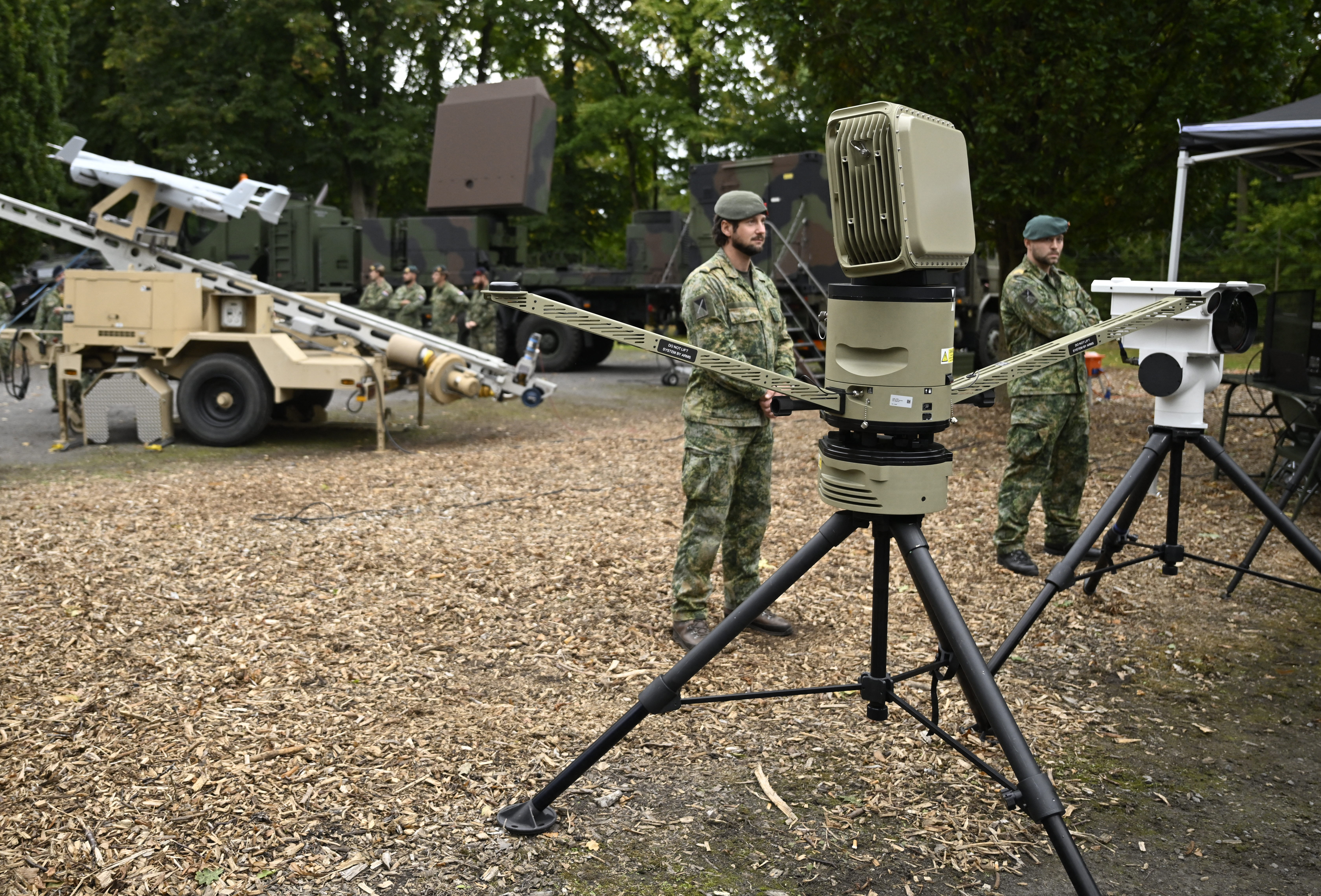
The competing House and Senate versions of the 2026 defense policy bill advancing through each chamber both contains provisions aimed at expanding or speeding up efforts to get new software and technology into the hands of warfighters.
The House Armed Services Committee marked up the bill—often referred to as the National Defense Authorization Act (NDAA)—last week and it now awaits consideration on the floor, as does the companion Senate version in its chamber. The NDAA is considered must-pass legislation and is expected to be supported by a bipartisan majority in both the House and Senate.
The House version would require the Defense Department to set mandatory time limits for the authorization process for new “cloud-hosted platforms, services, and applications.” Any new IT system connected to or installed on DOD networks requires an Authority to Operate from the responsible official. But the process of requesting and granting an ATO, which involves comprehensive documentation of system capabilities and a full risk assessment, can stretch over months or even a year or more, significantly hampering efforts to introduce new software, for instance, in a timely fashion. The bill doesn’t say what the time limit should be, but makes setting one an “additional responsibility” of the DOD chief information officer.
The same provision also directs Defense Secretary Pete Hegseth to establish an ATO Expedited Appeals Board. ATO applicants can submit a request to the board if their application through regular channels has gone undecided for more than 180 days. Once such a request is submitted, the decision is taken away from the authorizing official to whom it was first submitted and transferred to the board, which then has 90 days to make a decision whether or not to grant the ATO. The board would be chaired by the DOD chief information officer. Kirsten Davies, nominated in May for that job, is currently awaiting confirmation and the post is being filled on an acting basis by the department’s Chief Information Security Officer Katie Arrington.
At a series of public events after her appointment, Arrington articulated her frustration with the ATO process. “I’m blowing up the ATOs. They’re stupid. They’re archaic,” she told a defense contractors’ luncheon event in April.
Digital Engineering
A section in the House bill would require each of the three military department secretaries to review all the “reference architectures, standards, and best practices for the use of digital engineering tools” such as digital twins for things like program design, development, and testing. The aim is for each military service to produce a single standard reference architecture to guide the use of digital engineering for program development. Meanwhile, the undersecretary of defense for research and engineering is to look into a DOD-wide standard reference architecture.
Meanwhile, a provision in the Senate version takes a slightly different tack to address the issue—it would task the Defense Science Board, an advisory group to the Secretary of Defense, with studying and recommending “the most optimal organizational structure within the Office of the Secretary of Defense to support digital solutions engineering” across the entire Pentagon. Such a report would not be due until February 2027.
DIU
The House bill also gives new mandates to the Defense Innovation Unit, an office originally set up in 2015 to be a kind of DOD embassy to Silicon Valley that has grown into an acquisition powerhouse in its own right, developing hundreds of prototypes and then helping to scale them into service programs.
One provision directs the DIU to set up more regional outreach centers, known as OnRamp Hubs, including outside the United States.
As part of its growth, the DIU last year set up five OnRamp Hubs, in the states of Washington, Arizona, Hawaii, Ohio, and Kansas. Another three are promised this year, based in Kentucky, Minnesota, and Montana.
The outreach centers enable DIU to educate and assist local businesses and universities in working with DOD, DIU Director Doug Beck said when the program was launched in 2023. “These spaces will serve startups, academia, industry and other local talent and technology in order to leverage the innovation capability across the entire country, connecting them directly to DOD needs and strengthening the defense industrial base,” he said.
The bill calls for a minimum of two more hubs to open domestically and for DIU to establish criteria for overseas locations.
Elsewhere, the bill would mandate DIU launch an initiative to support the transition of new commercial technologies into programs of record, the military’s major acquisition efforts. Traditionally, these programs have struggled to incorporate new technologies, especially those from startups and other non-traditional defense contractors.
The Bridging Operational Objectives and Support for Transition (BOOST) program would help program managers and acquisition officials by “matching identified technologies with program requirements and serving as an on-ramp to integration of the needed technology into programs of record,” according to the House committee summary of the bill. The provision also aims to “create an active feedback loop between the program manager … and the innovator, which would inform and guide prototyping efforts in the context of an existing requirement in an established program,” according to the committee.
The bill would require the secretary of defense to report to Congress after two years on how well the BOOST program is working and recommend whether it should be continued or terminated.
Connectivity
The report accompanying the House bill instructs the Secretary of the Air Force to study the ways flightline support equipment can be connected on austere and isolated bases opened at short notice as envisaged in Agile Combat Employment scenarios, where 5G cellular connections might be unavailable or insecure, “including impacts on operational security, spectrum management, and deployability.”
The study must include “an analysis of the feasibility, scalability, and benefits of incorporating military grade radio systems, and how these technologies complement ongoing 5G modernization efforts.”
The Senate bill takes aim at connectivity as well, but focused on the F-35. A provision would require the Secretary of Defense to establish a plan for an open missions system computing environment for the fifth-generation fighter, so that it can transfer software to and from the F-22 and F-47 and “be capable of connection to all relevant aircraft apertures sufficient to meet current and future combat requirements, including cockpit connectivity via ethernet.”
The post How ’26 Defense Policy Bill Takes Aim at Speed, Ease of Technological Innovation appeared first on Air & Space Forces Magazine.

IT Modernization, Software Modernization, Technology, 2026 NDAA, ATO, Authority To Operate, connectivity, Defense Innovation Unit, Defense Science Board, digital engineering, DIU
Air & Space Forces Magazine
[crypto-donation-box type=”tabular” show-coin=”all”]






